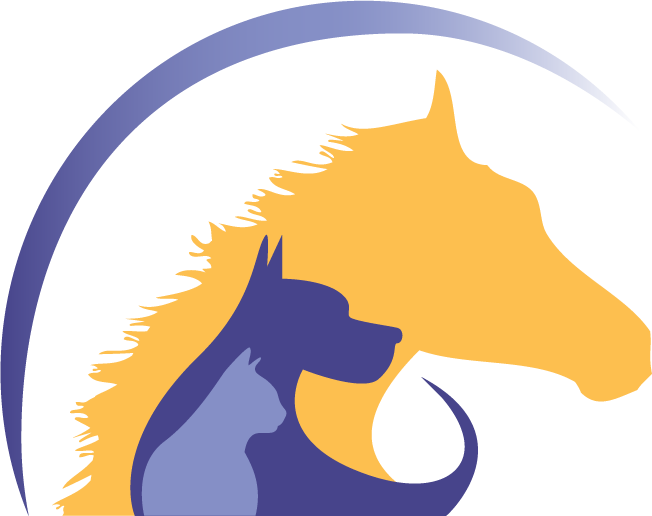Gastric Ulcers – Everything You Need to Know
Equine Gastric Ulcer Syndrome
What are gastric ulcers?
Equine Gastric Ulcer Syndrome (EGUS) is the result of the progressive erosion of the lining within the distal oesophagus, stomach and proximal small intestine caused by gastric acid attack. EGUS can be a painful condition with serious health and performance implications for affected horses. Gastric ulcers are most often present on the upper lining of the stomach and also at the junction between the upper and lower regions (Margo Plicatus). The lower portion of the stomach (glandular region) secretes a protective mucous in addition to having the capacity to produce digestive enzymes, thereby reducing the effects of the continuous secretion of hydrochloric acid within the lower portion of the stomach.
What causes gastric ulcers?
- Stomach acid build up due an insufficient/infrequent intake of feed, inadequate roughage provision ie; chaff, hay and pasture
- Rations high in grain due to the digestive enzymes required to break down starch
- Exercising on an empty stomach may allow acid to reach the unprotected (non-glandular) region of the stomach and cause ulceration
- Excessive use of non-steroidal anti-inflammatories (NSAIDS) such a phenylbutazone (e.g. Bute)
- Excessive stress
- Long distance transport
How can I tell if my horse has gastric ulcers?
- Poor performance/notable decrease in performance
- Nervous or erratic temperament
- Presence of behavioral stereotypies such as wind sucking, weaving or stall walking
- Lack of appetite/decreased appetite
- Loss of condition or an inability to maintain/build body condition
- Dull or dry coat
- Anaemia
The only means for a confirmatory diagnosis is via a gastric endoscope
How can I reduce the risks of my horse developing gastric ulcers?
The key to maintaining an ulcer-free horse is to ensure stomach acid production and acidity are minimised. Buffering the acidity within the stomach and maintaining an appropriate stomach pH can be achieved by ensuring chewing activity is maintained throughout the day. When a horse consumes and masticates (chews) feed, the pressure placed on the molars at the rear of the mouth causes saliva to be released. Saliva is rich in bicarbonate, which acts as an acid buffer within the stomach and can help to neutralise the stomach acid if secreted in suitable quantities throughout the day. As the horse produces gastric acid in the presence or absence of digestion, maintaining chewing activity and saliva production is paramount to reduce the risk of gastric ulcer development. This may be achieved through provision of a diet which requires increased chewing activity for ingestion to take place (e.g. high in fibre). The size and surface area of a fibrous feed is often larger than that of concentrated feeds (e.g. grain) and subsequently requires additional processing (e.g. chewing) to take place for the passage through the oesophagus.
A horse must chew approximately 1000 times to consume 1kg of hay in comparison to chewing 200 times to grind 1kg of oats.
- Providing a minimum of 2 meals per day will help to maintain a suitable acidity within the stomach, by ensuring frequent chewing activity takes place throughout the day
- Ensuring a minimum 1% of body weight is provided per day in roughage (e.g., hay, chaff or pasture) to promote increased feeding time and chewing activity (constant access via hay nets or pasture turnout is preferable)
- Maintaining regular dental checks to ensure feed is able to be chewed sufficiently, as the mouth and chewing action is the beginning of the digestion process
- Avoiding excessive use of NSAID’s and if treatment is ongoing, seek further information or justification for their use and consult with your veterinarian and nutritionist to ensure appropriate counter measures are employed
- Providing constant access to high quality protein hay such as lucerne hay will help to raise gastric pH
- If your horse is showing signs of gastric ulceration or is to remain in training, speak with your veterinarian regarding the pharmacological treatment options for gastric ulcers. To maximize the effectiveness of treatment, pharmacological treatment show be used in adjunct with recommended nutritional strategies (e.g. minimum 1% body weight in roughage per day)
Approximately 85-95% of Thoroughbred racehorses, 67% of endurance horses and 58% of show horses have some grade of gastric ulceration.




